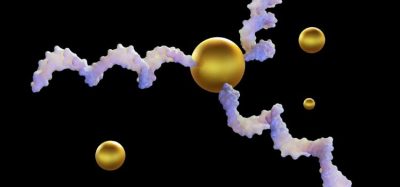Tetrahertz spectroscopy could be used to monitor single molecules
Posted: 3 September 2018 | Iqra Farooq (European Pharmaceutical Review) | No comments yet
Researchers have identified a method of using Tetrahertz spectroscopy to monitor the movement of single molecules…


Tetrahertz spectroscopy uses the interaction of light and matter, as the basis of all spectroscopic techniques. It has the right frequency to excite molecular vibrations, however its long wavelength means that it is around 100,000 times the size of a typical molecule.
This means large ensembles of molecules, rather than single ones can be studied.
A team of researchers from The University of Tokyo‘s Institute of Industrial Science (IIS) found a way for tetrahertz spectroscopy (THz) to detect the motion of a single molecule, by presenting a single-molecule transistor.
This included two adjacent metal electrodes, the source and the drain, placed on a thin silicon wafer in a bow tie shape. After single molecules were deposited in the sub-nanometre gap (between the source and the drain), the electrodes act as antennas to tightly focus the THz beam on the isolated fullerenes.
“The fullerenes absorb the focused THz radiation, making them oscillate around their centre-of-mass,” explains study first-author Dr Shaoqing Du. “The ultrafast molecular oscillation raises the electric current in the transistor, on top of its inherent conductivity.”
The method used overcame the classical diffraction limit for focusing light beams, and was found to be sensitive enough to even measure the tunneling of a single electron.
The scientists mention that the current change is minuscule, however as it could be precisely measured with the same electrodes used to trap the molecules, the measurement is sensitive enough to measure the slight splitting of absorption peaks caused by the addition or subtraction of one electron.
The researchers mentioned that the results of this study demonstrates a practical method to obtain electronic and vibronic information on molecules that only weakly absorb THz photons.
As THz spectroscopy is an under-developed method, this study may open up the wider use of the method, which is complementary to visible light and X-ray spectroscopy. The method is also highly relevant o nanoelectronics and quantum computing.
The study was published in Nature Photonics.









